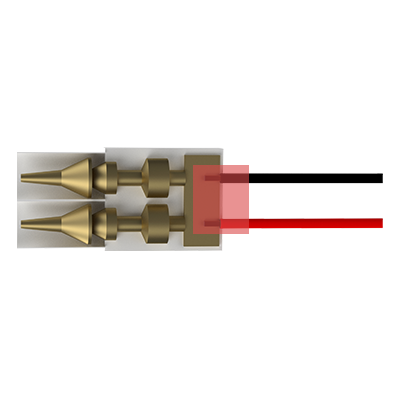
Ultrasonic complex vibration is our patented technology which is a groundbreaking bonding method in the metal bonding industry. It reduces attenuation of vibrational energy, is non-invasive, and provides energy efficient bonding compared to conventional methods (linear vibration).
The main features of the complex vibration horn, which generates complex vibrations, include the following:

FEATURE
1
Diagonal slits
The main feature of complex vibrations (linear vibrations combined with torsional, circular or elliptical vibrations), generated from the diagonal slits, is that their trajectory has no folding back
Linear vibration trajectory
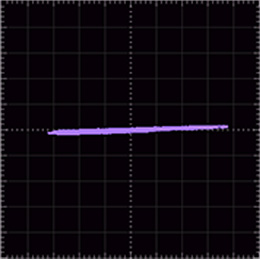
Complex vibration trajectory
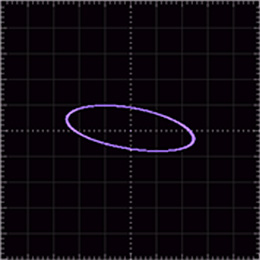
FEATURE
2
Replaceable tips
Instead of using conventional replaceable vibration horns, "Replaceable tips for horn tip ends" are used, and are for replacing the tips of tip ends only. These replaceable tips can greatly reduce the time used for replacement.
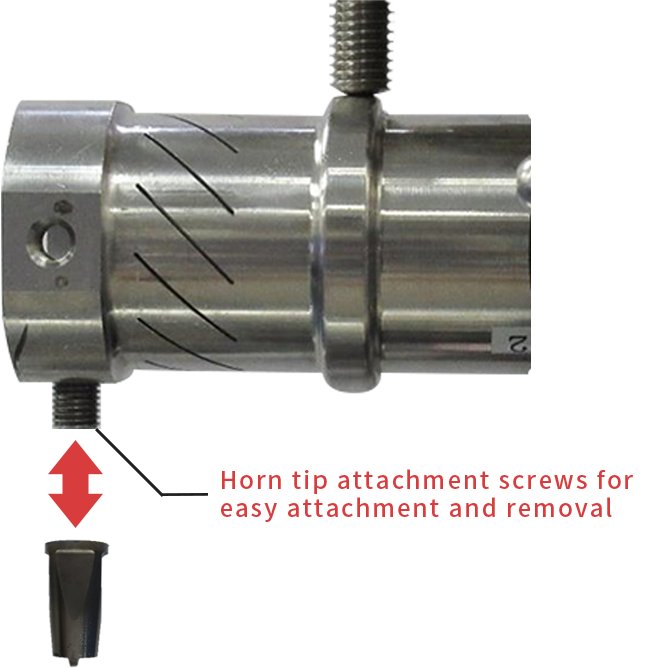
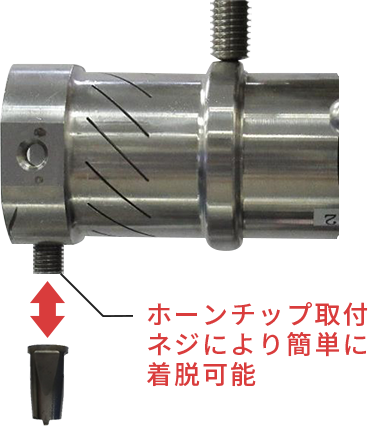
A comparison verification between linear and complex vibrations, after each vibration obtained a bonding strength of 1700 N ≧, was conducted under the conditions described below.
Linear vibration
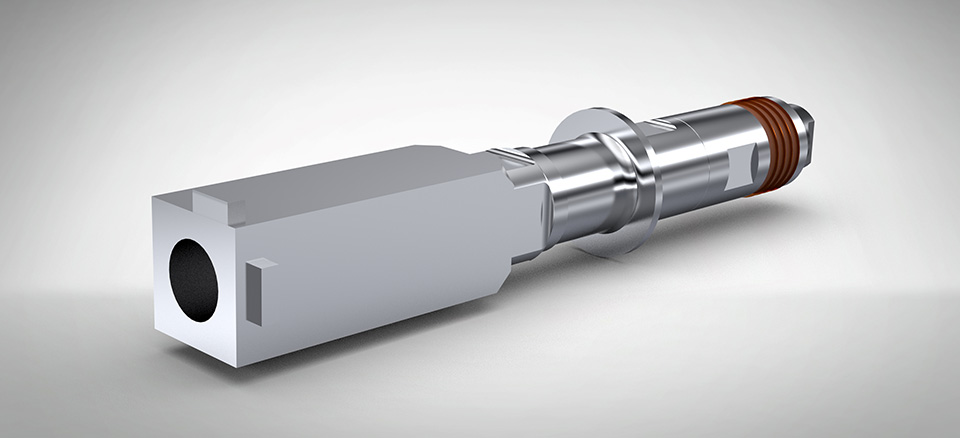
VS
Complex vibration
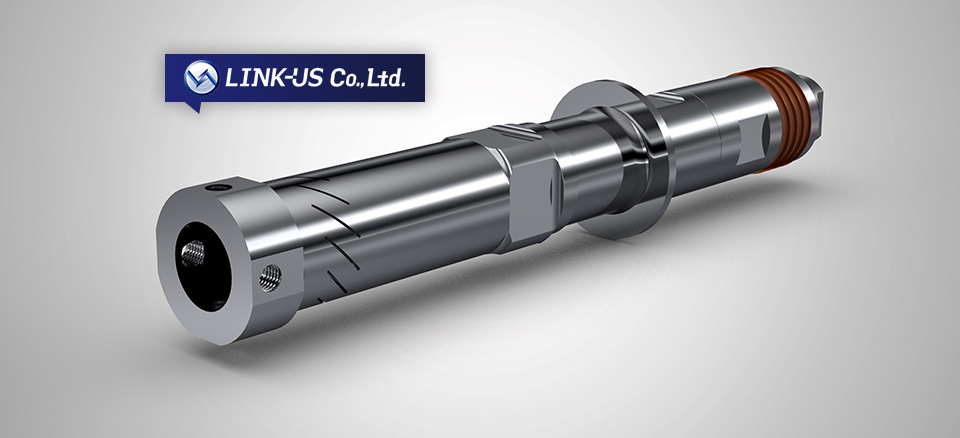
Horn tip, anvil shape
Same shape
Workpiece materials
Same materials
(100 mm x 30 mm t = 1 mm bonds which use material A1050)
Minimum strength values in tensile strength tests for bonds
Equivalent to 1700 N or greater
Verified using the above three conditions
Linear vibration
Complex vibration
Conclusion
Bonding can be done at about one third of the energy required when compared to linear vibrations.
Photograph of workpiece surfaces after bonding
Linear vibration

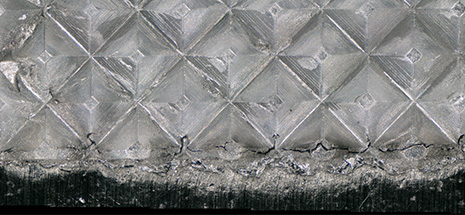
Enlarged image
Significant damage is caused to the end of the bond due to folding back
Complex vibration
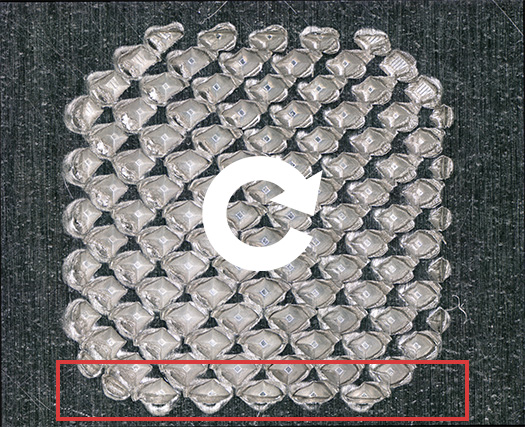
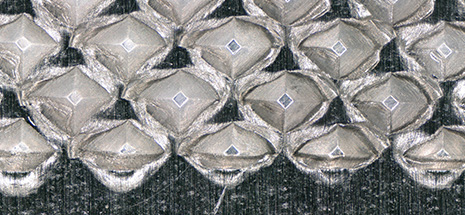
Enlarged image
There is no damage caused to the end of the bond because there is no folding back
A graph comparing the forces applied to workpiece interfaces during bonding
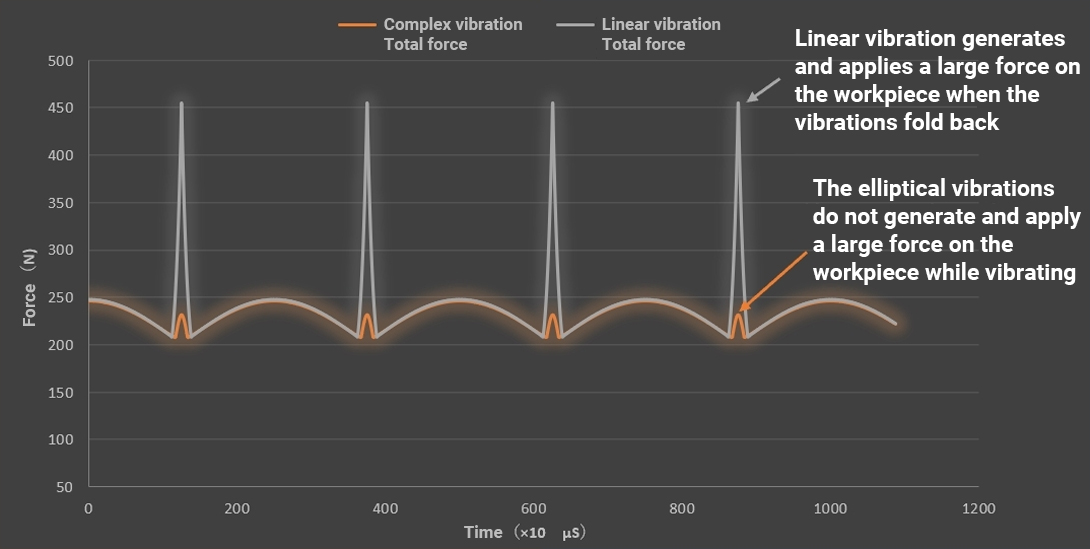
Conclusion
There is no damage caused to the bond ends and the force applied to workpiece interfaces is greatly reduced when compared to linear vibration.
Bonding (taken with a high-speed camera)
Linear vibration
Large amount of scattered objects and the formation of burrs can be seen
Complex vibration
Few scattered objects and formation of burrs cannot be seen
Conclusion
Scattered objects (sputter) is almost nonexistent and the formation burrs cannot be seen when compared to linear vibrations.
The temperature around the region being bonded was measured through thermography. (Set temperature range 0°C ~ 200°C)

Linear vibration
Complex vibration
Conclusion
The thermal effects around bonds is small when compared to linear vibrations.
The uniformity of the bonds and the marks left on the interfaces of bonds were observed using a microscope. (After removal and before complete bonding)
Linear vibration
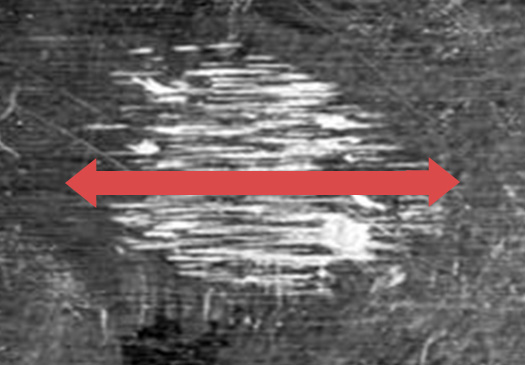
Bonds are not uniform
Complex vibration
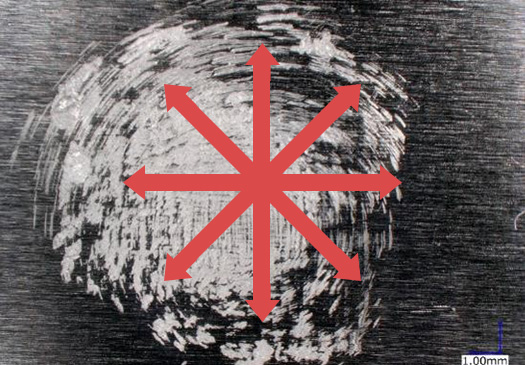
Bonds are uniform and can be strengthened from every direction uniformly.
Conclusion
Bonds using complex vibrations have a broad range advantages due to being uniform, such as being able to be strengthened from every direction uniformly.
Our bonding technologies are used in a wide variety of industries.
Cylindrical type lithium-ion batteries
Can-bottom bonding of electrodes, etc.
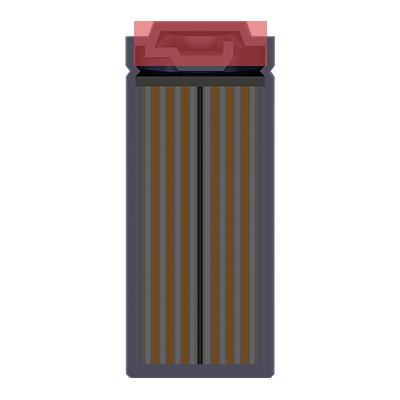
Laminated lithium-ion batteries
current collector foil x electrodes x bus bar bonds, etc.
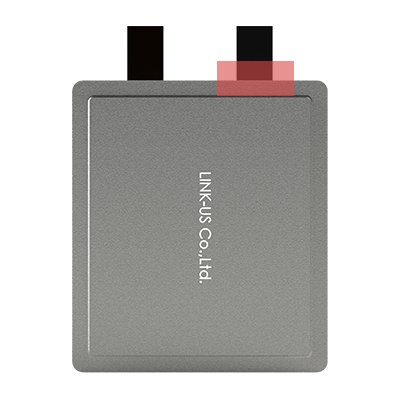
Assembled batteries/capacitors
Busbar bonds
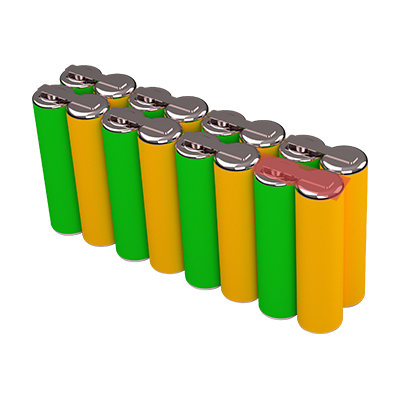
Power devices
Busbars/ribbon bonds, etc.
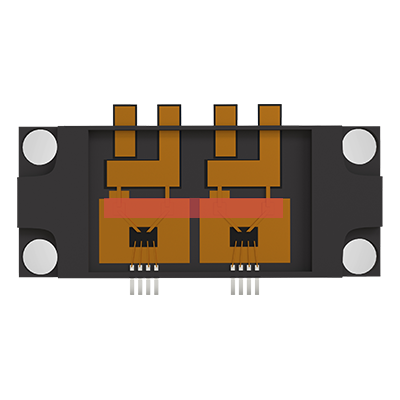
Flexible printed circuit boards
Wires/terminals/FPCs cables, etc.
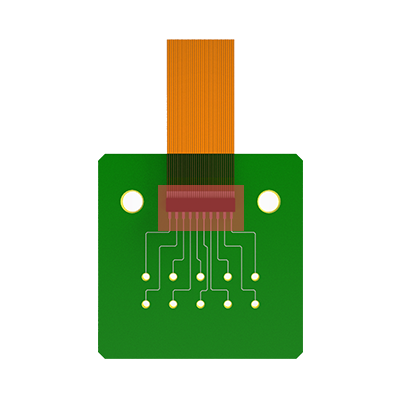
Connectors/harnesses
Bonding of stranded cables and terminals, etc.
